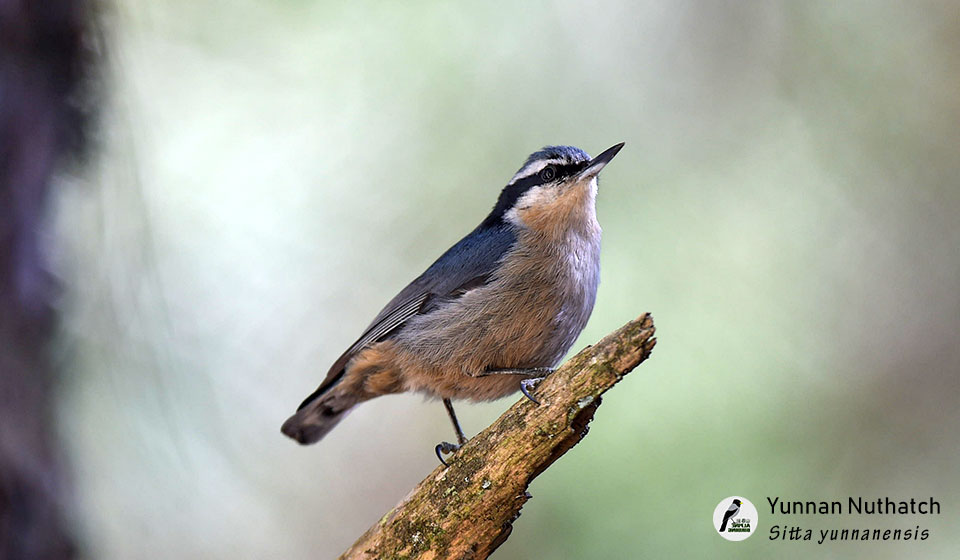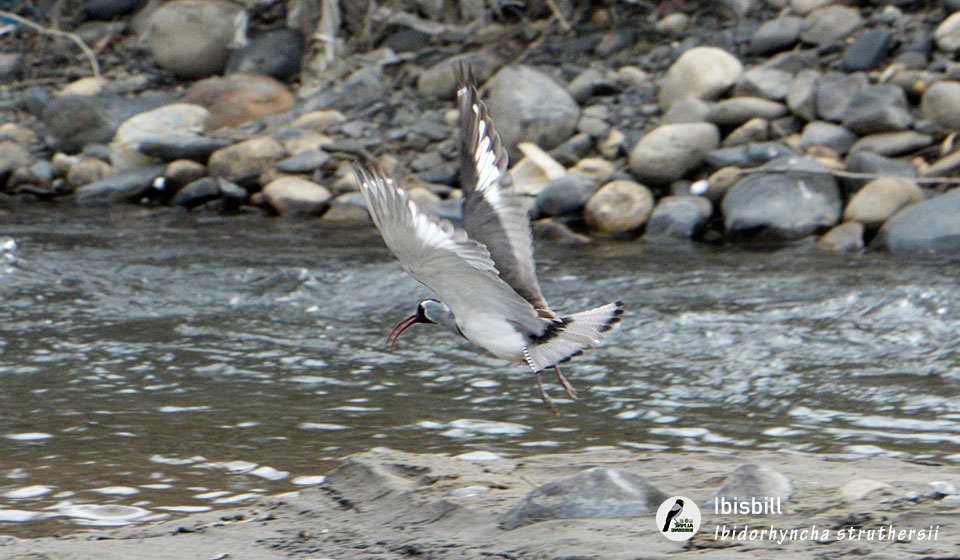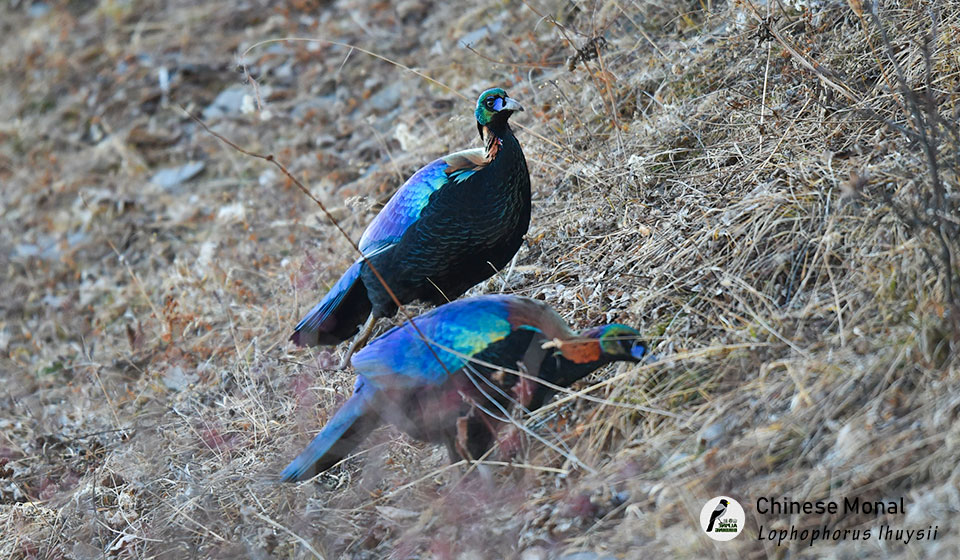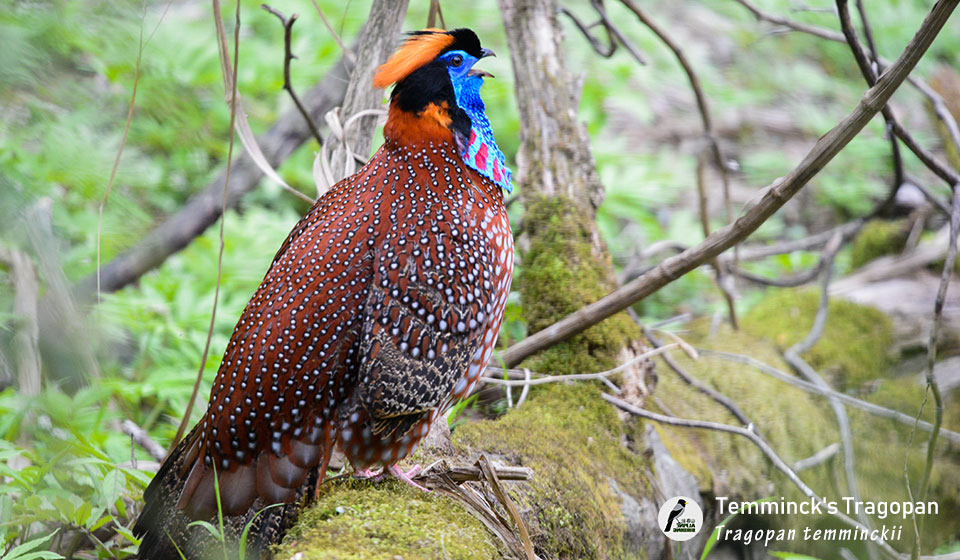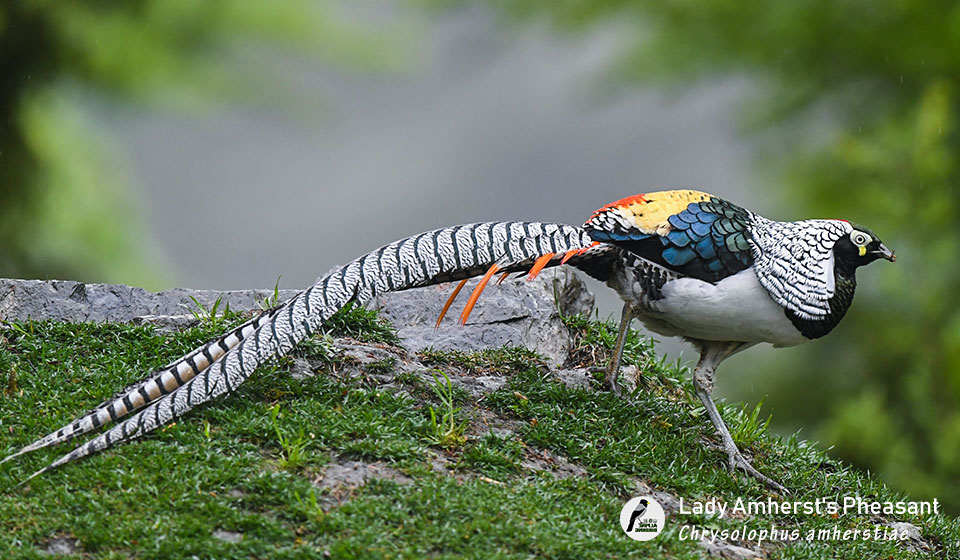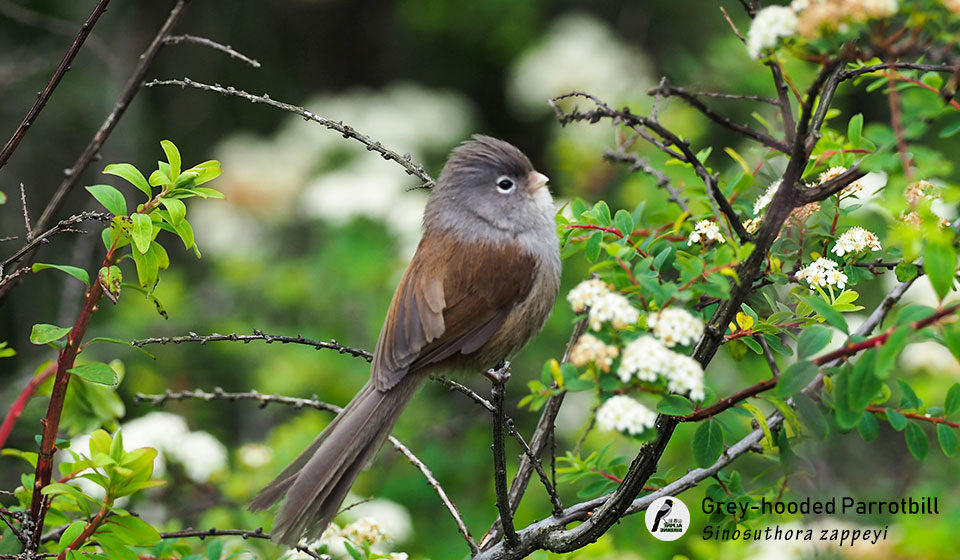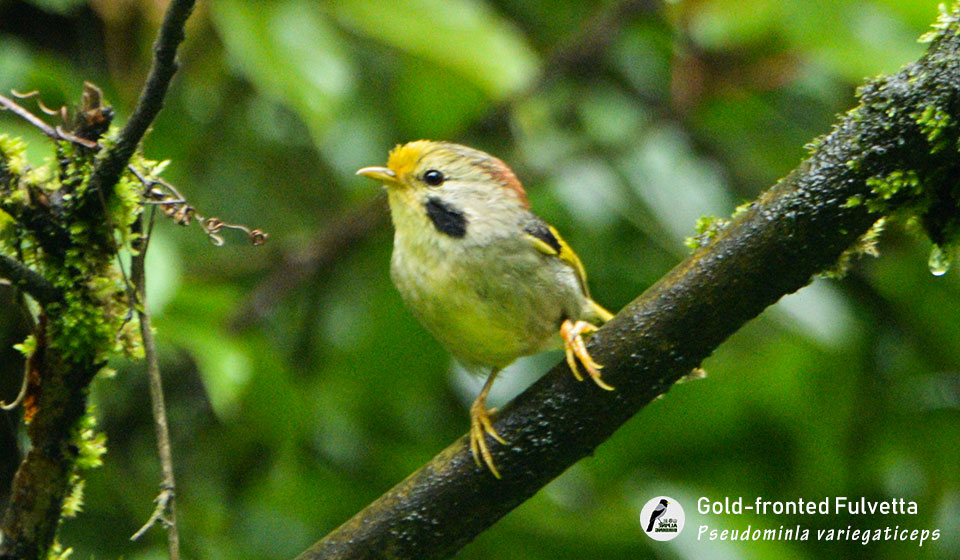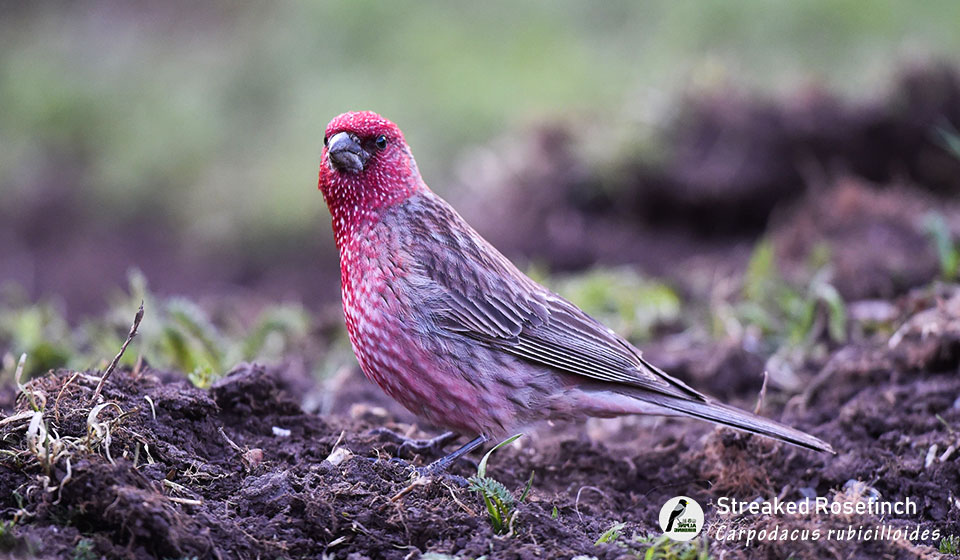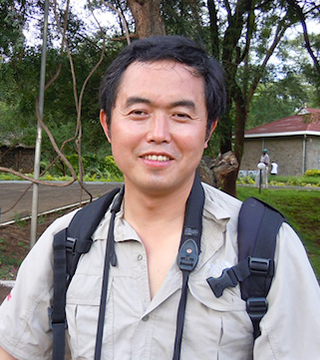Tour Info Sheet
| Highlight Birds | Lady Amherst's Pheasant, Snow Partridge, Temminck's Tragopan, Golden Pheasant, Tibetan Snowcock, Buff-throated Partridge, Chinese Monal, Blood Pheasant, White Eared Pheasant, Grandala, Vinous-throated Parrotbill, Brown Parrotbill, Fulvous Parrotbill, Ashy-throated Parrotbill, Great Parrotbill, Three-toed Parrotbill, Grey-hooded Parrotbill, Golden Parrotbill, Emei Shan Liocichla, Ibisbill, Collared Grosbeak, White-winged Grosbeak, Goldcrest, Giant Laughingthrush, Elliot's Laughingthrush, Slaty Bunting, White-browed Tit Warbler, Chinese Fulvetta, Sichuan Tit, Wall Creeper, Lammergeier (Bearded Vulture), Red-billed Chough, Yellow-billed Chough, Long-tailed Rosefinch, Common Rosefinch, Chinese Beautiful Rosefinch, Chinese White-browed Rosefinch, Pink-rumped Rosefinch, Dark-breasted Rosefinch, Crimson-browed Finch, Red-fronted Rosefinch, etc. |
|---|---|
| Numbers of Species to Expect | 120-150 |
| Ease of Birding | mostly easy birding with a few tricky species |
| Highlight Mammals | Red Panda, Hog Badger, Tibetan Macaque, Chinese Goral, Sambar, Masked Palm Civet, Red and White Giant Flying Squirrel, etc. |
| Other Attractions | Tibetan culture, wild panda habitat, delicate food |
| Photography Opportunities | birding focused but with very good photography chances |
| Habitats Covered | subtropical forests, woodlands, snow mountains |
| Expected Climate | mostly comfortable, windy and cold on snow mountains, rain is possible |
| Physical Requirements | mostly easy, demanding but optional in certain parts |
| Accommodation | very comfortable |
| Transportation | 19-seat van |
What makes this trip irreplaceable?
2. Our experienced guides have guided birding tours in these areas for many times, they have great knowledge about local birds and birding sites with good access to the latest bird info. At the same time, they have rich experiences of guiding birders from different countries and understand clients' needs well.
3. Besides birds, we can enjoy some fascinating mammals like Red Panda. The unique Tibetan culture is also a bonus for this trip.
4. The scenery is breathtaking. The highest places we will visit during this tour are Pamuling at around 4,000m and Balang Mountain pass at around 4,484m, we will see some magnificent snow mountains there.
5. A small group size of no more than 8 birders.
6. Years of working as a local partner for some prestigious western companies specialized in birds and other wildlife.
7. A strong logistic team in the office to ensure our trip goes smoothly and every participant has a comfortable and memorable journey.
Dates & Prices
| Dates | Booking Status | Price | Single Supplement | Group Size | Guide |
|---|---|---|---|---|---|
| Apr 8-21, 2025 | 5 Space Available | 3,500USD/pax | 390USD/pax | 6-8 | Local Guide |
2. All meals from dinner on day 1 to breakfast on day 14.
3. All the entrance tickets for places listed in the itinerary including cable cars and shuttle buses.
4. Hotel stays from the first day to the last day, two clients occupy one twin-bed room on sharing basis at nice 3 or 4 star hotels in big cities and local best guesthouses in remote areas.
5. Bottled water and snacks throughout the trip.
6. Simple western breakfast whenever possible.
7. Service charges of a professional and experienced local bird guide throughout the whole trip.
8. China domestic travel insurance.
9. Service of all logistic supports.
b. Extra charges due to change of itinerary from the client's side or factors beyond the control of AlpineBirding such as natural disasters or governmental policy changes.
c. Discretionary tips to local guides and drivers.
d. All personal expenses such as laundry service.
e. ANY AIRFARE except those stated in the itinerary.
f. Any program not listed in the itinerary.
Itinerary
Tour Map
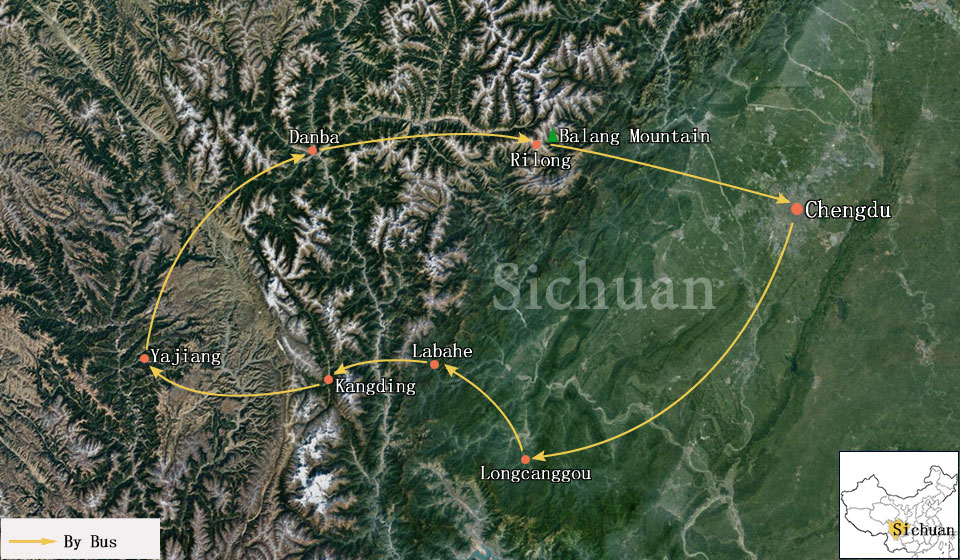
Guide(s)
We will arrange one of our best local guides for this trip who has rich experiences of guiding tours in this region. The following are some of our best local guides.
Philip He
As a half Kangba Tibetan, Philip is the main founder of AlpineBirding and is native of Ganzi Tibetan Autonomous Prefecture. He has a deep love for his Kangba Tibetan heritage and the land where he was born and raised. Philip's career has gone from mining technician to a
teacher, then a translator, and finally to a guide and tour operator. As a professional working in this field for more than 20 years, Philip believes travel is an art and a process of sharing and discovery. Each trip is a unique artistic work created with knowledge and expertise based on the resources available and the interests and tastes of travelers. To help more people to gain a lifetime birding and traveling experience, he established AlpineBirding with aim to bring his professional, fun-filled tours to more people who are eager to explore birds and other beautiful attractions in China.
Bella Zhang
Bella, the director of AlpineBirding, graduated from Sichuan Agricultural University with a Bachelor's Degree. She joined AlpineBirding in early 2016 and became the director of AlpineBirding in 2018. She was born and grew up in a Bai ethnic family in Yunnan Province which boasts of the largest number of bird species in China. Her interests toward birds started with her observation of a Long-tailed Minivet in her mom's garden at a very young age. As she grows up, the interests and love toward birds become stronger and stronger. Because of that, she found AlpineBirding before graduation and joined the company for further learning of birds. Bella has guided a number of birding trips in cooperation with AlpineBirding guide in the past years, her passion, readiness to help and detail-oriented attitude have won her lots of praise from our clients.
Reports
We don't have a report available for this tour at this stage, please feel free to email us, we are more than happy to answer any of your questions and share the latest bird information with you.
